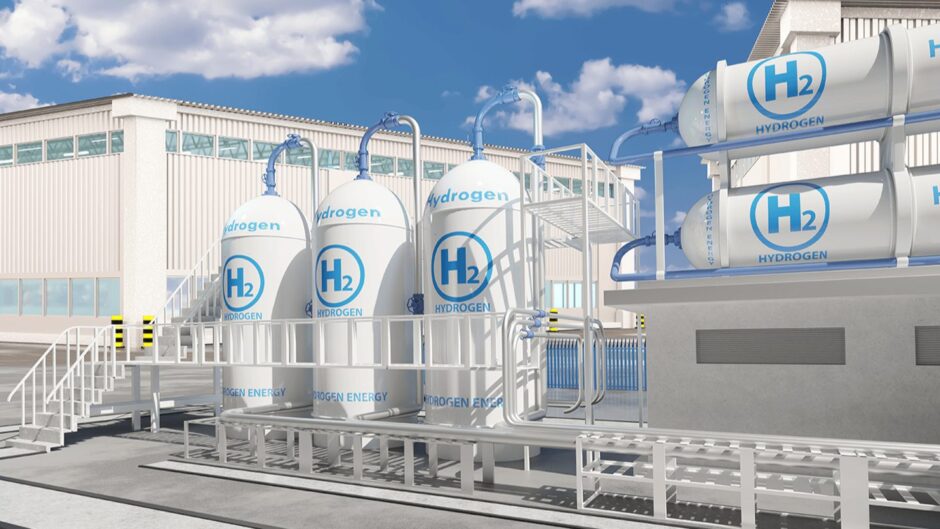
Nine months after the UK government allocated £2 billion to green hydrogen projects, industry has raised concerns about delays and regulatory hurdles putting the bids that succeeded in winning funding projects at risk.
With the second hydrogen allocation round (HAR2) round aiming to increase the capacity awarded from 125 MW to 875 MW, can the UK hydrogen sector deliver on its ambitions?
‘Lack of confidence’ in UK hydrogen market
To remain eligible for funding, projects in HAR1 need to be operational or in construction before the end of 2025 which means the clock is ticking.
Speaking to Energy Voice, Westwood Global Energy Group senior hydrogen analyst Jun Sasamura said the initial award of HAR1 projects had been a “positive signal”.
But since December, Sasamura said the industry seems to have made less progress than expected.
“I think things have quietened down since then, you haven’t seen large-scale developments reaching FID,” Sasamura said.
“There’s a lot of uncertainty. I’m sure there’s plenty of things happening behind closed doors, but the question marks, I think, are starting to get raised as we get closer to Q4.”
Sasamura said the timelines agreed in the HAR1 process now appear to be “less realistic” and despite the “massive catalyst” of UK government funding, a lot still needs to be done.
“A lot of the first projects need to really start coming online or under construction, at the very least in the next three or so months and the last projects within three years after that,” he said.
“There is time in place [for HAR1 projects], but I think given what you’ve seen in other countries with larger scale FIDs, and the lack of lack of progress in the last eight months, I think there’s an indication of a bit of a lack of confidence in the UK hydrogen market to date.”
Hydrogen demand, grid connections
In addition to time pressures, Sasamura said HAR1 developers are also facing issues around demand readiness and securing grid connections.
And with Chancellor Rachel Reeves set to deliver her first budget since Labour’s election victory, Sasamura said the hydrogen sector will be curious to see what, if any, additional government support is on offer.
In its manifesto, Labour promised direct investment into hydrogen projects through a National Wealth Fund, but questions remain over what role blue hydrogen will play.
Despite these challenges, Sasamura said there is still appetite among project developers for HAR2, with more than 200 projects in the bidding process.
Energy Voice understands there are around 19 Scottish projects bidding for HAR2, including proposals in Stirling and Aberdeenshire.
While HAR1 fell short of its 250 MW goal, Sasamura said he expects HAR2 will likely come closer to meeting its 875 MW target.
Initially it was envisaged HAR2 projects would be confirmed in 2025 although questions remain.
“But then again, it’s hard to say with this political uncertainty still up in the air,” he added.
All eyes on October budget
With North Sea oil and gas leaders nervously awaiting Labour’s October budget, Sasamura said the hydrogen sector will also be hoping for greater clarity.
The industry wants to see continued support for carbon capture and storage (CCS) enabled blue hydrogen and detail on plans for decarbonising the electricity grid.
In addition, while a decision on hydrogen blending into the gas grid is a priority for developers like Statera and its 3GW Kintore Hydrogen project, overall Sasamura said blending is not necessarily a “key enabler” in the UK hydrogen market.
“I think you really need to see these projects that have been awarded funding get some progress, reach FID with a few of them, [and] reaffirm some confidence to the other developers that we can achieve this in these industrial hubs, which is where hydrogen is most likely to be used in the near term,” he said.
“I think project level and project specific progress is a much better indicator than blending.”
UK hydrogen market
And while the Aberdeen Hydrogen Hub reaching FID, outside of the HAR process, was a “positive sign”, Sasamura said hydrogen is likely to remain a “very limited” part of decarbonising road transport.
Longer term, he also believes the UK government needs to move past focusing on 2030 targets and focus on facilitating the development of a proper hydrogen market.
“I’m still a firm believer that the UK will have a strong hydrogen market, it just needs a few more things to fall into place,” he said.
“It’s a matter of getting those stepwise pieces, and not thinking so macro all the time.”
This includes areas like the Scottish government’s ambitions to one day export 10 GW of hydrogen via pipeline to Germany, he said.
“Those things will come, but [you need to] get those localised supply projects to work.
“That is really where the focus should be.”
HAR1 project progress
The HAR1 process saw 125 MW of capacity across 11 green hydrogen projects awarded funding, falling short of the government’s original goal of 250 MW.
The round included two projects based in Scotland, two in Wales, and nine across England.
Successful projects in Scotland included the 10.6MW Cromarty Hydrogen scheme backed by ScottishPower and Storegga.
ScottishPower also received funding for its 7.1MW project based at the Whitelee Wind Farm southwest of Glasgow.
Middlesbrough-based Carlton Power had the highest number of successful projects in HAR1, with 38.5 MW of capacity awarded across three developments.
Meanwhile, Hygen’s Bradford Low Carbon Hydrogen project was the largest capacity at 24.5 MW, followed by Carlton’s Barrow Green Hydrogen at 21 MW.
Representatives for Carlton Power, Marubeni Europower, HyMarnham and Octopus Energy and RES Group joint venture HYRO told Energy Voice that their respective projects are still progressing towards FID, with targeted operational dates ranging from spring 2025 to summer 2026.
A spokesperson for HyMarnham said the developer is still waiting for approval from the Department for Energy Security and Net Zero (DESNZ).
“While it’s understood that a change in government has occurred, and delays have been inevitable, it is imperative that this decision is made swiftly,” the spokesperson said.
“The timely approval of this project is mission-critical to getting the hydrogen industry moving and providing valuable learnings that will support future successful hydrogen allocation rounds.”
HYRO, Carlton Power and Marubeni Europower are also submitting projects for HAR2.
Other firms to publicly confirm HAR2 bids include a joint venture involving Norway’s Statkraft, HydroGenus, Meld Energy, and H2H Easington, a collaboration between Equinor, Centrica and SSE Thermal.
Recommended for you

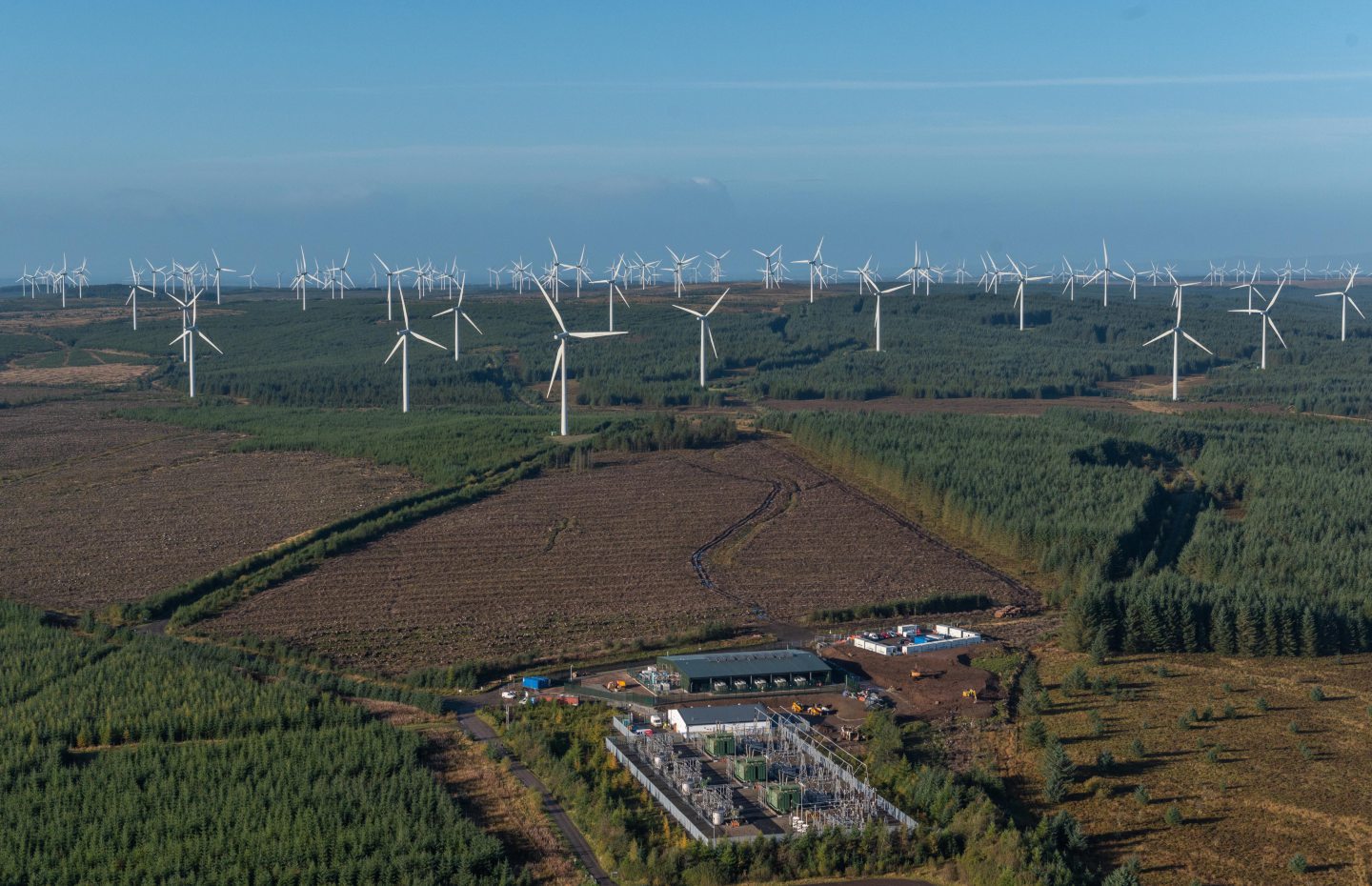 © Supplied by Scottish Enterprise
© Supplied by Scottish Enterprise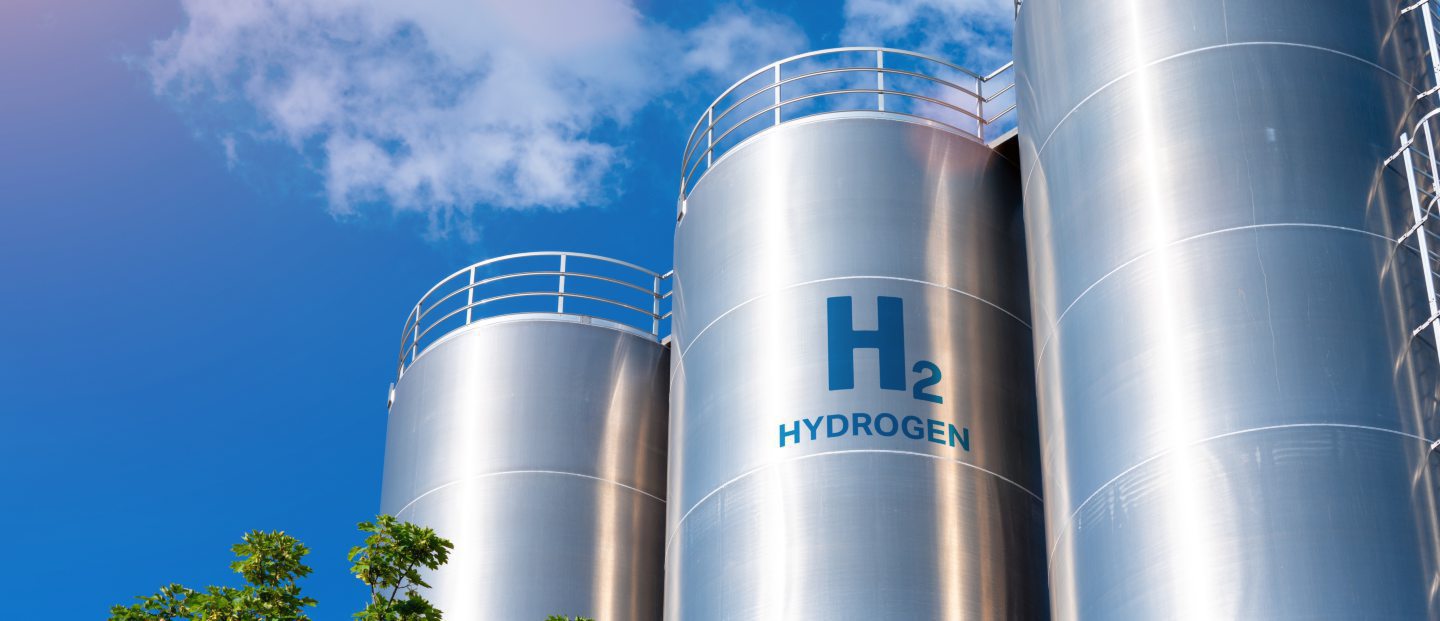 © Supplied by Shutterstock
© Supplied by Shutterstock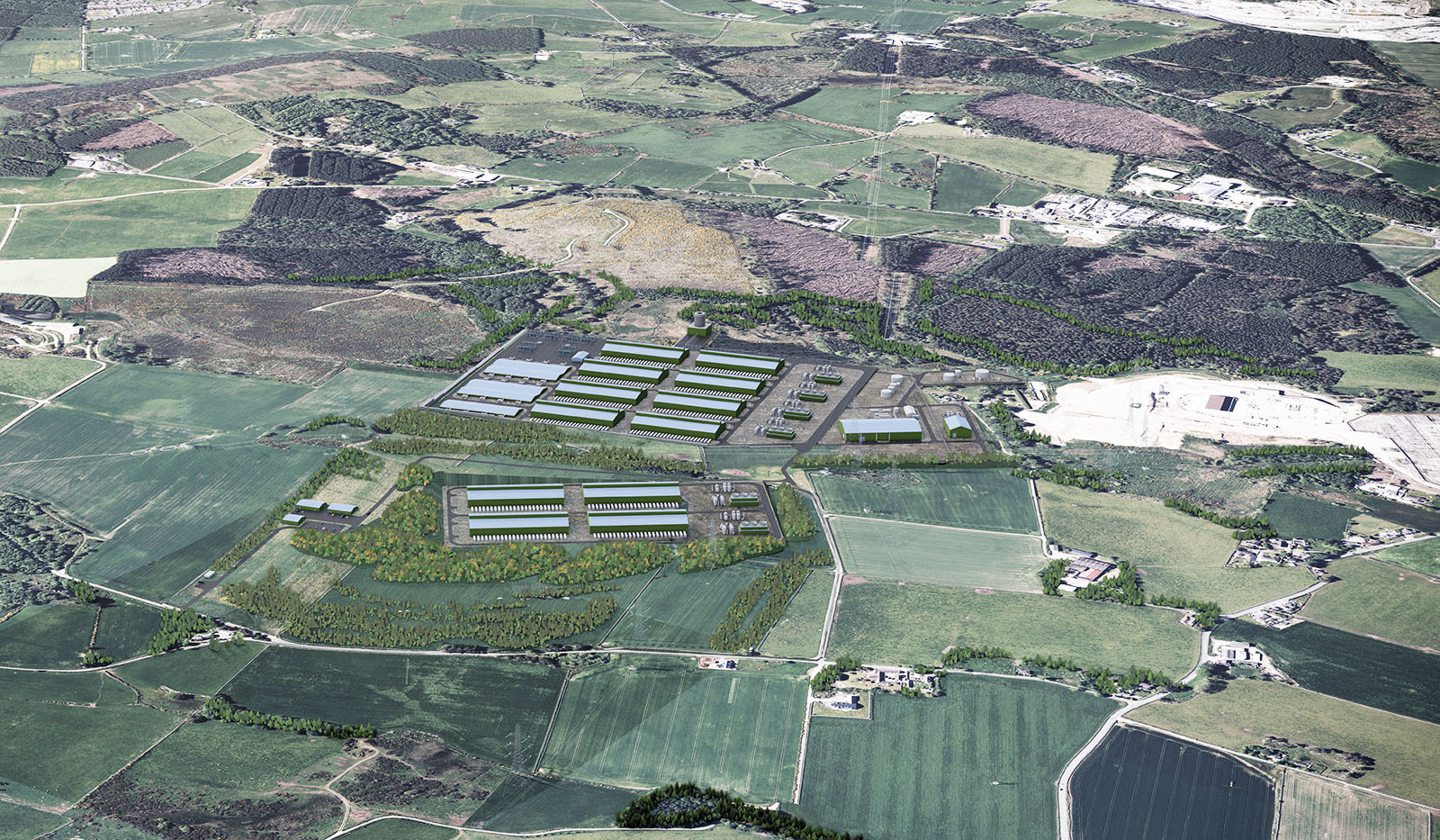 © Supplied by Kintore Hydrogen
© Supplied by Kintore Hydrogen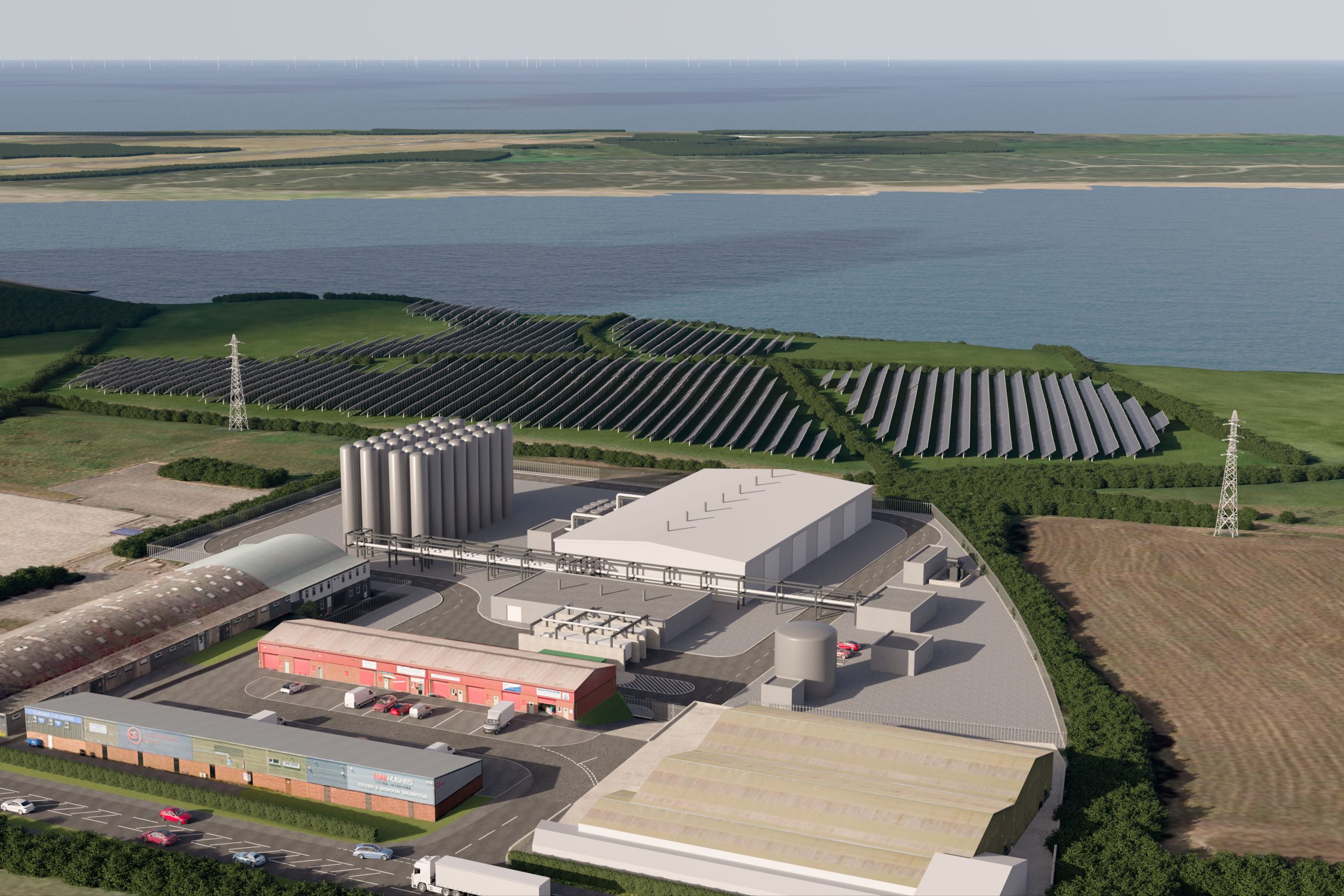 © Carlton Power
© Carlton Power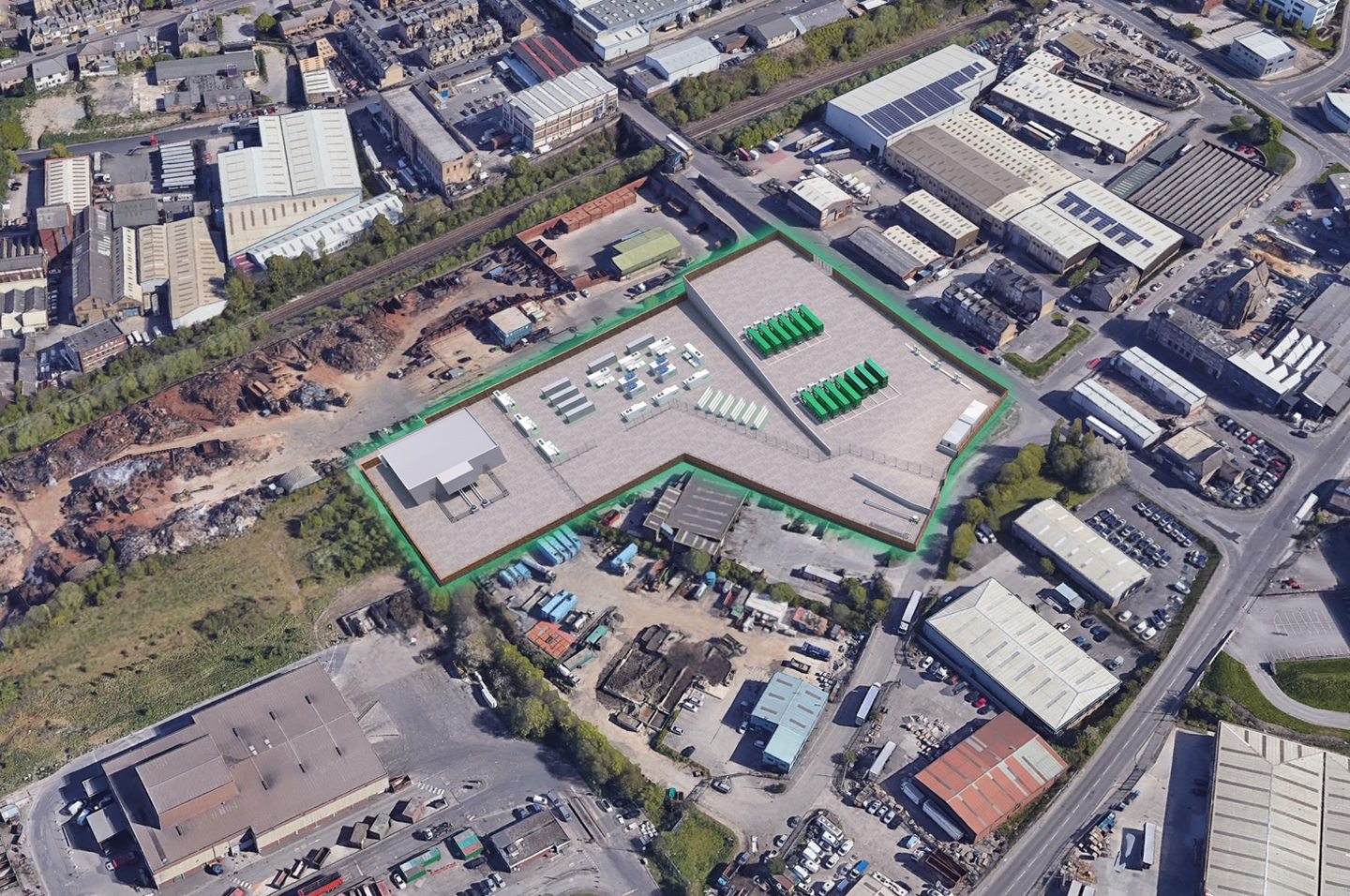 © Image: HyGen
© Image: HyGen